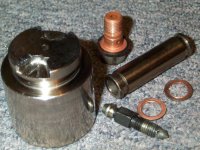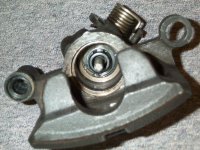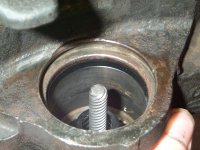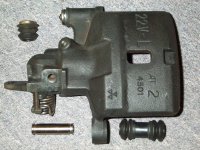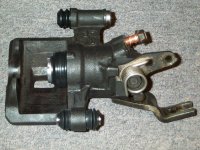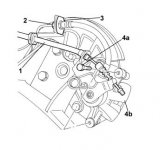For handbrake auto-adjustment I've always assumedYou need cable adjustment as you may need to fit a new cable or the old one stretches. The handbrake still works but it comes up to far. The only self adjustment is the clearance between the pads and the discs. The cable adjustment alters how far up the handbrake lever is when the pads touch
Anyone thought through why the rear brake pistons are threaded and the front ones not? And why threaded in different directions?
I've heard some answers but I still raise an eyebrow when thinking it through
Thinking about it, as you say, the actual cable adjuster is only required for cable stretch and has no bearing at all on thickness of pads (apart from perhaps the incremental turning of the piston)




